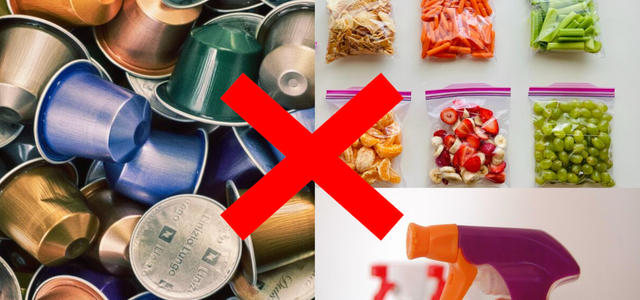Here is your ultimate guide on how to defrost a freezer safely and efficiently, ensuring longer-lasting performance and lower energy bills.
Are you tired of chipping away at stubborn ice in your freezer? Defrosting your freezer can be daunting, but it’s an essential chore that shouldn’t be neglected. In this comprehensive guide on how to defrost a freezer, we’ll discuss the importance of regular defrosting, outline the benefits, and provide a step-by-step process to get the job done efficiently and safely.
Why Should You Defrost Your Freezer?
Defrosting your freezer is essential for maintaining its performance and efficiency and reducing food waste. A well-maintained freezer has an extended lifespan, runs at peak efficiency and saves you money on energy bills. By defrosting your freezer, you prevent the buildup of ice, which can reduce storage space and make accessing frozen goods difficult, which can ultimately lead to unnecessary waste.
So, let’s explore the world of freezer defrosting and uncover the best practices for keeping your appliance in excellent condition while contributing to a more sustainable future.
Want to learn other ways to lower the cost of your utility bills? Read 10 Proven Energy-Saving Tips to Save Money and 10 Mistakes That Keep Everyone From Saving Water.
Factors to Consider Before Defrosting a Freezer
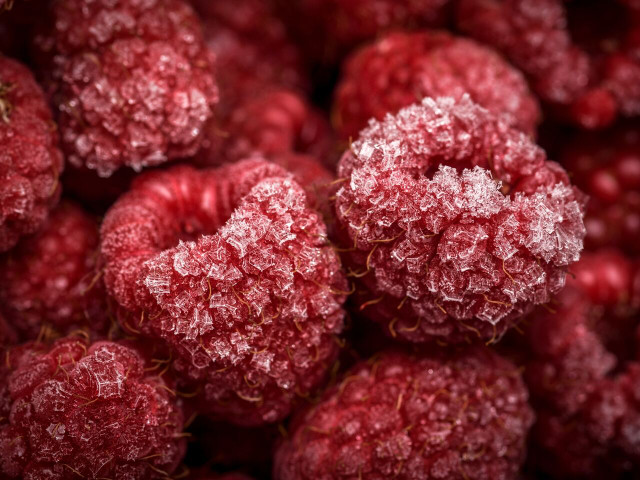
Before you dive into defrosting your freezer, it’s essential to consider several factors that can affect the outcome and your overall experience. Here are some key aspects to keep in mind:
How Long Does It Take to Defrost a Freezer?
Defrosting a freezer can take anywhere from a couple of hours to an entire day, depending on the size of your freezer and the amount of ice buildup. It’s best to plan the process for a day when you have enough time to monitor the progress and clean up any water from melting ice.
How Often Should You Defrost It?
The frequency at which you should defrost your freezer depends on the model and how much frost tends to accumulate. Generally, it’s a good idea to defrost your freezer once or twice a year. However, if you notice excessive ice buildup (more than a ¼ inch) or have an older model, you might need to defrost more frequently. Regular defrosting will prevent ice from reducing the efficiency of your freezer and ensure that it operates at its full capacity.
Safety Precautions
Before attempting to defrost your freezer, make sure you take the necessary safety precautions. Unplug the appliance to eliminate the risk of electrical shocks, and never use sharp or metal tools to chip away at the ice, as they can damage the freezer’s interior. Additionally, be prepared for water spillage by placing towels and containers to collect the melting ice.
Preparing for the Defrosting Process
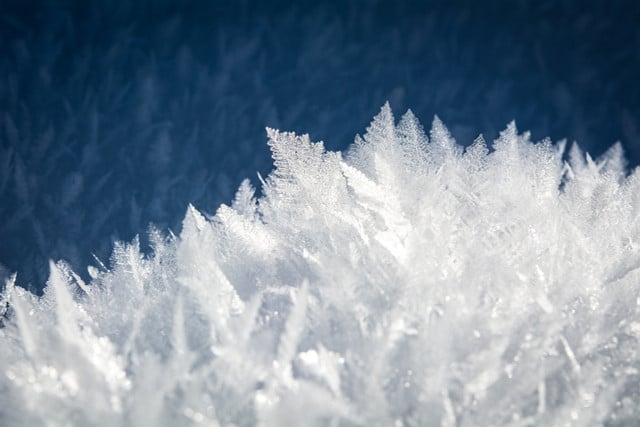


Before starting, preparing properly is crucial to ensure a smooth and efficient experience. Follow these steps to get everything ready for defrosting your freezer:
Choose the Right Time and Place
Select a day when you have sufficient time to complete the defrosting process without interruptions. It’s also a good idea to choose a day with relatively mild weather, as extremely hot or cold temperatures can affect the thawing process and the safety of your frozen food.
Gather the Necessary Tools and Materials
To make the defrosting process easier, gather the following tools and materials:
- Towels and rags: To absorb the water from melting ice.
- Containers: To collect the melting ice and prevent water spillage.
- A fan: To speed up the defrosting process by circulating warm air (if necessary — see note on Step 3).
- A plastic or wooden spatula: To gently scrape away ice if needed (never use metal tools).
- A sponge or cloth: For cleaning and sanitizing the freezer.
- A mild cleaning solution: To clean and sanitize the interior of the freezer. This homemade all-purpose cleaner does the trick and is easy to throw together.
Remove All Food and Store It Properly
Before starting the defrosting process, remove all food from the freezer. If you don’t have an alternative freezer or cooler to store your items, pack them tightly in insulated bags or containers and keep them in the coolest part of your home. Check out our guide to freezing food without plastic for some helpful tips and tricks on eco-friendly food storage.
To prevent cross-contamination, separate raw meats from other foods and avoid opening the bags or containers too often. Keep an eye on the time; you don’t want your food to remain outside the freezer for too long or begin to thaw.
Step-By-Step Guide: How to Defrost a Freezer
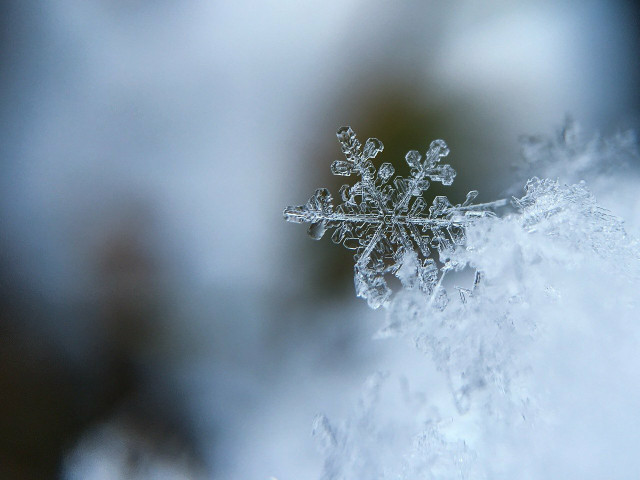


Now that you’ve prepared for the defrosting process, it’s time to get started. Follow these steps to safely and efficiently defrost your freezer:
Step 1: Unplug It and Open the Door
Ensure that your freezer is unplugged to avoid any risk of electrical shocks. Open the freezer door to let warm air in and start thawing.
Step 2: Place Towels and a Container to Collect Melting Ice
Spread towels or rags on the floor around the base of your freezer to absorb water from the melting ice. Place a container or tray inside the freezer to catch the water and prevent it from overflowing onto the floor.
Step 3: Use a Fan to Speed up the Process (If Absolutely Necessary)
Set up a fan facing the open freezer to circulate warm air and speed things up. Ensure that the fan is positioned at a safe distance from the freezer and any water. Note: skipping this step saves power and is better for the environment — it’ll just take a little longer to defrost.
Step 4: Break Ice Carefully (optional)
If there is a significant amount of ice buildup, you can use a plastic or wooden spatula to gently break up the ice as it softens. Do not use metal tools or force — they can damage the freezer walls.
Step 5: Clean and Sanitize
Once all the ice has melted, use a sponge or cloth with a mild cleaning solution to clean and sanitize the inside of the freezer. Pay special attention to corners and crevices where dirt and grime can accumulate. If your freezer has removable shelves or drawers, clean them separately.
Step 6: Dry the Freezer Thoroughly
After cleaning, use a dry cloth or towel to thoroughly dry the interior, ensuring no moisture remains. This step is crucial in preventing mold and mildew growth.
Step 7: Plug It Back in and Reload Your Food
Once the freezer is clean and dry, plug it in and allow it to reach its optimal temperature before reloading your food. Organize the food to allow for proper air circulation and easy access. This is an excellent opportunity to discard any expired or unwanted items.
Tips for Maintaining a Frost-Free Freezer
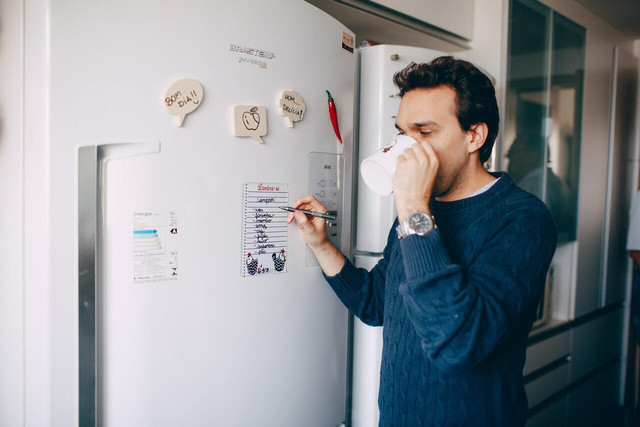


To keep your freezer running efficiently and minimize the need for frequent defrosting, follow these maintenance tips:
- Regularly Check the Door Seal. Inspect your freezer’s door seal regularly for any cracks or damage, and ensure it’s clean and debris-free. A tight seal prevents warm air from entering the freezer, reducing frost formation.
- Keep Your Freezer Well-Organized. An organized freezer promotes proper air circulation, preventing frost buildup. Use bins or containers to group similar items together and avoid stacking items too closely.
- Avoid Overfilling It. Overfilling your freezer can restrict airflow and cause frost to accumulate more quickly. Leave some space between items to allow air to circulate freely.
- Allow Hot Foods to Cool Before Storing Them. Storing hot or warm foods in your freezer can raise the internal temperature and contribute to frost buildup. Allow foods to cool to room temperature before placing them in the freezer.
- Defrost on a Regular Schedule. Establish a regular defrosting schedule based on your freezer’s model and the amount of frost that tends to accumulate. Regular defrosting prevents excessive ice buildup and ensures your freezer operates at full capacity.



Learning how to defrost a freezer is an essential skill for maintaining the performance and efficiency of your appliance. By following our step-by-step guide and practicing regular freezer maintenance, you can extend the life of your freezer, save money on energy bills and make the most of your storage space. Happy defrosting!
For tips and tricks for cleaning other appliances, check out our guides:
- How to Clean an Electric Kettle in Only 2 Min
- How to Clean Your Fridge With Apple Cider Vinegar
- DIY Oven Cleaner: 3 Natural Methods Without Chemicals
- How to Clean a Stainless Steel Stove: 3 All-Natural Methods
- Get Rid of Nasty Drain Smells: 4 Household Cleaning Agents for the Kitchen and Bathroom
- How to Clean a Microwave with Vinegar, Lemon & Other Natural Cleaners
- How to Clean a Garbage Disposal: 4 Simple Home Remedies
- How to Clean the Inside of a Dishwasher the Eco-Friendly Way
Read more:
- The Minimalist’s Guide to Spring Cleaning
- Cut Watermelon: How Long Does It Last and How to Store It
- Are Apple Seeds Poisonous? It’s Complicated
Do you like this post?







